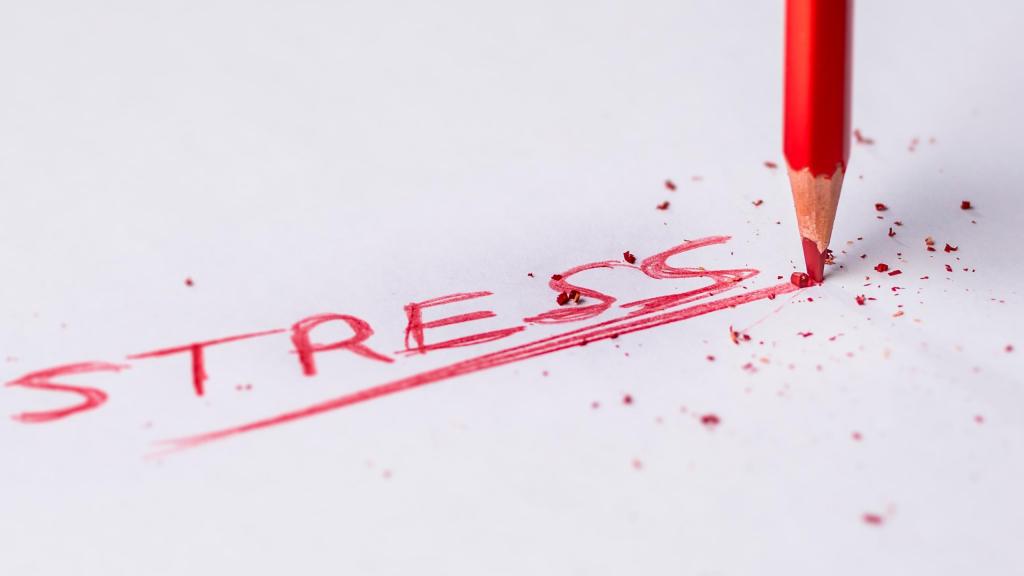The Change Curve can help people navigate through difficult times. People are currently struggling with many challenges and changes. We are all wondering about the coronavirus and how it will impact us individually and collectively. At this point, we do not know exactly what the future holds. However, there is a high probability that we will all have to adjustment to a “new normal” due to the pandemic.
As a result of all the challenges, I thought it would be helpful to review the Change Curve. The Change Curve is a model that professionals use to understand the stages of personal and organizational change. The model helps us identify the ways people react to change, make transitions, eventually accept, and adapt to change. The model also helps us recognizes spots where additional support may be needed.

Stage 1:
When change occurs, people may initially experience shock or denial. They react to a change in the current situation or status quo.
Stage 2:
In stage 2, people tend to react negatively. They are often fearful and angry about having to make changes. They often correctly identify real threats to their situation or position. Overall, this is an unpleasant stage where people will stay stuck if they resist change.
Stage 3:
In stage 3, people start to accept the idea of change and begin exploring new options. They become more optimistic about the future and new possibilities.
Stage 4:
People move past acceptance and start embracing the change. They are generally more positive, develop new ways of doing things, and able to see the benefits of their efforts.
People can get stuck at any of the stages. They may need help breaking through denial or confronting fears about change. Fear of the future is always a challenge. They often need help developing new ideas on how to move forward.
Understanding the Change Curve can help us get through this difficult process. We all experience things that require us to adjust and adapt. Common responses are to resist, dig in and try to avoid change. However, if we make changes, we can benefit from the positive aspects of doing things in new and different ways.
Please see the Edinburgh Napier University website for additional information –





